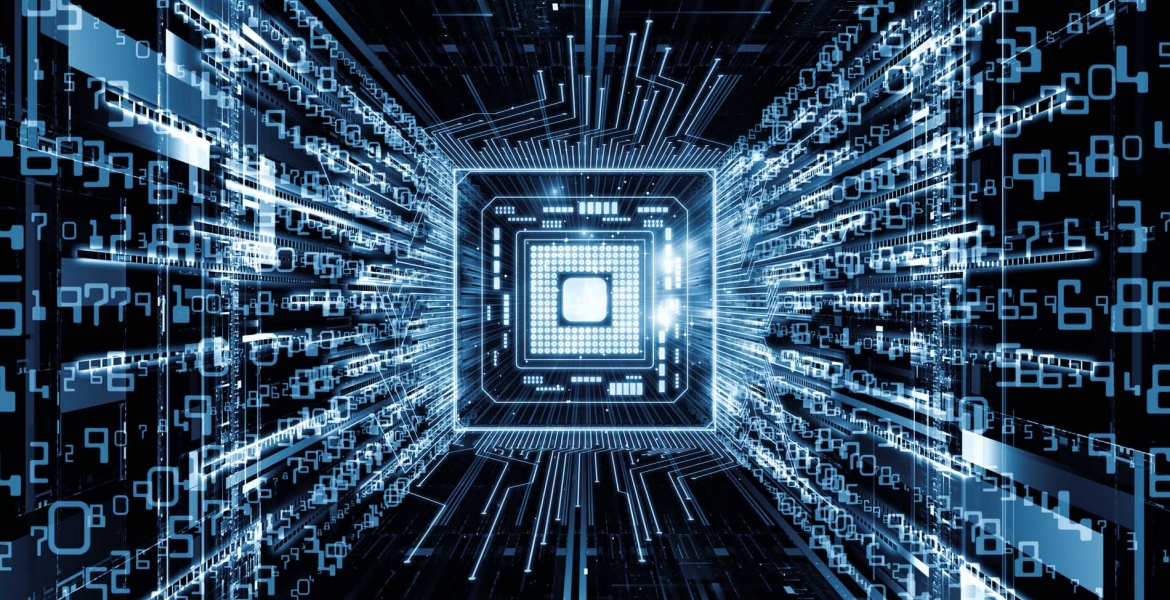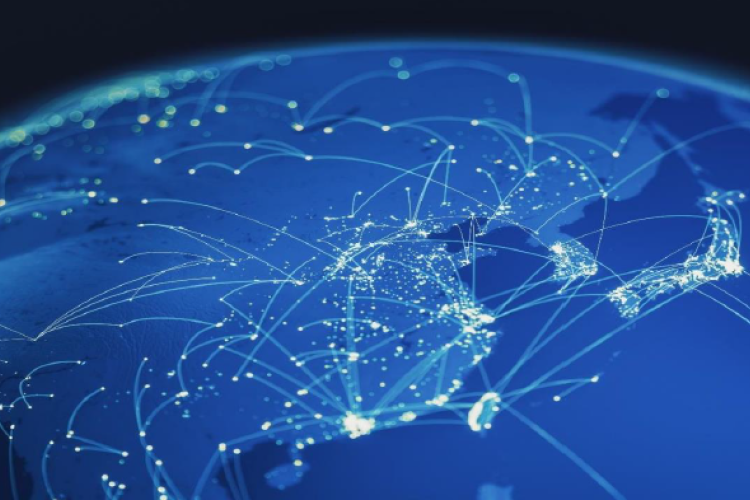Enhancing Cybersecurity for Industry 4.0 in Asia and the Pacific
As of September 2017, there were 1.25 billion websites in cyberspace and Asia and the Pacific now accounts for 50.1 percent of all Internet users in the world. Thanks to the concerted efforts by governments and other stakeholders in extending broadband connectivity, an increasing number of people have joined the cyberspace across the Asia-Pacific region. Although broadband expansion remains uneven, there is evidence that digital dividends brought by broadband connectivity, such as egovernment, e-learning, e-health and e-agriculture, has started permeating into the previously underserviced or unserved areas in Asia and the Pacific.
In parallel, the past few years have also witnessed an increase in number and scope of emerging technologies. Along with the development and deployment of artificial intelligence (AI), Big Data analytics and Internet of Things (IoT), that are paving the way for the “Fourth Industrial Revolution”, the upside gains as well as downside risks have started emerging. While the gains are represented with new business and employment opportunities driven by innovative products and services, the risks include increasing sophistication in cyberattacks and exposure to cybersecurity vulnerabilities. For instance, in recent years, attacks on IoT have focused on critical infrastructure: hackers attacked a German steel mill in 20151, shut down the Ukrainian power station resulting in 80,000 people losing power2 in the same year.
The term “cybersecurity” has different connotations depending on the concerned community. The issues and concerns of each community regarding cybersecurity are unique to the experience and expertise of each sector: enterprise, government, institutions and the individual. States need to enact laws, legislations, policies, regulations and guidelines to define responsibilities and ensure safety and security in cyberspace. States’ responsibilities include actions of their citizens, companies or other entities subject to their laws and a commitment to ensure that actions in cyberspace are aligned with international norms and agreements. Policy makers and regulators need to respond to an ever-changing global landscape in technology and cyberspace, faster than ever before. In order to do so, policy makers would be required to understand the emerging technologies, their implications and level of risk and threat before they develop legal, legislative and policy frameworks to contribute to a safe and secure cyberspace for their citizens. Policy makers and legislators would need to strike a balance between enacting legally-binding instruments and protection of data and privacy and freedom of speech.
Against this background, this explanatory report was prepared to increase awareness and understanding of cyberattacks and cybersecurity among policy- and decision-makers, regulators, academia, private sector and CSOs with focus on Asia and the Pacific. The report used data on cyberattacks collected by media, academia, governments, private sector companies, antivirus and cyberattack monitoring websites and dark web data dumps. In the absence of comparable official data reported by governments and international institutions, the data presented in this report are collected from various online and offline sources and may not be comprehensive in geographical coverage and time-series.
The report aims to support the implementation of the Asia-Pacific Information Superhighway (AP-IS) which is a regional broadband connectivity initiative covering from Turkey to Kiribati. With the increasing availability of broadband connectivity and advancement of technologies, the risks of cyberattack may rise across the region. It is hoped that the report provides some insights and understanding of the nature and magnitude of cyberattacks and would be of help to initiate policy discussions and dialogues for action to enhance cybersecurity. Furthermore, it intends to provide examples of AI-enabled solutions and measures developed to counter AI-facilitated cyberattacks.
The report can be downloaded at https://www.unescap.org/resources/enhancing-cybersecurity-industry-40-asia-and-pacific






